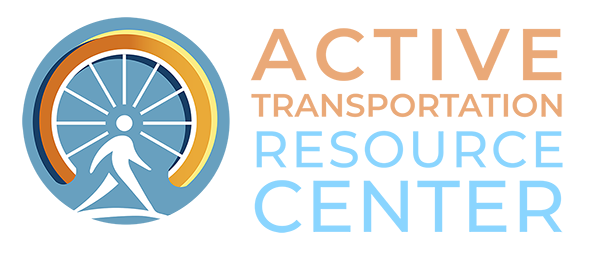This workshop hosted by the Caltrans ATP Team will outline the next steps for the Cycle 7 awarded agency to begin their project.
- Bicycle, Infrastructure, Publications, Resource Library
- Webinar
- August 27, 2025
The ATRC invites you to its next webinar to learn about two California health databases that can be used to demonstrate need and provide additional context when applying for the Active Transportation Program. The speakers will demonstrate how to use the Healthy Places Index and Epi Center databases.
- General Infrastructure, Publications
This white paper summarizes findings from a literature review and discussions with representatives from five Tribes and staff at the FHWA Office of Federal Lands Highway involved in the Tribal Transportation Program (TTP). The trail projects featured in this white paper outline noteworthy practices that Tribes and their partners use to support the planning and development of trails in Tribal communities. The research provides information and resources for Tribes and Tribal trails champions interested in planning and building dedicated pedestrian and bicycle infrastructure.
- Data Sources and Tools, Evaluation & Data Tools, Publications
- Bicycle, Publications, Resource Library
Presents a state-of-the-art, data-driven guide for selecting context-appropriate design features for safety improvements of separated and non-separated on-street bicycle lanes.
- Other Training Resources, Publications, Resource Library, Training & Events
FHWA’s Center for Local Aid Support offers self-paced online training modules for local agencies and tribal nations.
Join the ATRC for a conversation with an all-star cast of transportation professionals as they share their research, experiences, lessons, and ideas for implementing open streets events with ATP funds. Learn how to activate your community and have fun doing it.
- Infrastructure, Pedestrian, Publications, Resource Library
This guide assists State or local transportation or traffic safety departments that are considering developing a policy or guide to support the installation of countermeasures at uncontrolled pedestrian crossing locations.


